|
Maintaining a horse's hooves is vital for their overall health and performance. Among the many aspects of hoof care, trimming the frog holds a special significance. The frog, that V-shaped structure in the center of the underside of the hoof, plays a crucial role in shock absorption, traction, and blood circulation. Properly trimming the frog not only ensures the horse's comfort but also prevents potential issues like thrush and caudal hoof pain. In this guide, we'll delve into the essentials of trimming the frog effectively, drawing insights from barefoot experts like Dr. Robert Bowker and Pete Ramey.
In conclusion, trimming the frog is a critical aspect of horse hoof care that requires attention to detail and a thorough understanding of equine anatomy. By following proper trimming techniques you can ensure optimal caudal hoof health for your horse. Consistency and attention to detail are key in maintaining healthy hooves and preventing potential issues down the road.
0 Comments
Peripherally Loading the hoof and prolapsed frogs, the pitfalls of traditional shoeing techniques4/14/2024 The concept of peripherally loading the hoof is not really something most barefoot trimmers endorse. While this approach aims to shift weight-bearing forces away from the internal structures of the hoof, such as the digital cushion, frog, and coffin bone, it can inadvertently lead to a host of issues, including a weak digital cushion and prolapsed frogs.
Peripherally loading the hoof involves applying excessive pressure to the hoof wall, often through the use of shoes or improper trimming techniques. While the intention may be to alleviate strain on the internal structures, such as the coffin bone, navicular bone, and tendons, it can result in unintended consequences. One such consequence is the prolapse of the frog, where the frog tissue becomes compressed and displaced downward due to inadequate support and stimulation. Prolapsed frogs occur when the frog tissue, which plays a crucial role in weight distribution and shock absorption, becomes weakened and fails to maintain its proper position elevated up within the hoof capsule. This can lead to discomfort, lameness, and compromised hoof function. These horses will be very sensitive in the back of the hoof and can land toe first instead of heel first, and suffer from caudal failure if left untreated. Rehabilitating a hoof with prolapsed frogs requires a multifaceted approach that addresses both the underlying causes and the structural integrity of the hoof. Central to this approach is the careful stimulation and rebuilding of the digital cushion and frog tissue. By focusing on these essential components, we can help restore proper hoof function and mitigate the risk of further damage. First treat the frog for thrush, as the protecting structure for the digital cushion the frog needs to be the priority. Second, carefully bring the frog into a weight bearing state either barefoot, with boots and pads or with the use of soft hoof packing and composite shoes with frog support. The digital cushion serves as a critical shock absorber, dissipating the impact forces generated during movement. When peripherally loading the hoof, this vital structure may become underutilized and weakened. To counteract this, it's essential to implement strategies that encourage the development and strength of the digital cushion. This can include exercises that promote natural movement and weight-bearing, as well as proper trimming techniques that support healthy hoof function. Often the horse will learn to land toe first because of pain in the back of the hoof, but even as you remove those sources of pain the muscle memory will keep the horse landing toe first unless you also rehabilitate the body with postural changes and bodywork. Ultimately, the rehabilitation of prolapsed frogs is not just about restoring hoof health—it's about safeguarding the overall well-being of the horse. By prioritizing the stimulation and development of the digital cushion and frog tissue, we can help dissipate impact energy, protect the horse's joints and body, improve and restore correct biomechanics and promote long-term soundness and comfort. In the world of hoof care, one of the most intriguing and vital structures is the digital cushion. Often overshadowed by discussions of the hoof wall or frog, the digital cushion plays a pivotal role in maintaining hoof health and soundness, particularly in barefoot horses. Let's explore what the digital cushion is and why it's so important for equine comfort and performance. Understanding the Digital Cushion The digital cushion is a unique, elastic structure located within the back of the horse's hoof. It serves as a shock absorber, cushioning the impact forces generated with each stride. Composed of specialized fibrous and fatty tissue, the digital cushion is designed to compress and expand, effectively dissipating the energy generated during movement. Primary Function: Absorbing Impact
At the heart of its function lies the remarkable ability to absorb impact. When a horse moves, the force exerted on the hoof is considerable, especially during high-impact activities. The digital cushion acts as a shock absorber, reducing the impact energy on the hoof structures and lower limb joints. It serves as nature's built-in shock absorber, ensuring the horse can move comfortably and efficiently. The Role of the Frog Often referred to as the "heart" of the hoof, the frog is closely intertwined with the digital cushion. While the frog itself provides traction and assists with blood circulation, it's essentially an extension and protector of the digital cushion. The frog helps distribute weight evenly across the hoof, promoting healthy function of the digital cushion and ensuring optimal shock absorption. Keeping the frog healthy is hugely important so that it can protect the digital cushion and deflect impact energy to it. From a barefoot perspective, maintaining the integrity of the digital cushion is extremely important. Unlike shod horses, which may rely on artificial support and peripheral loading from metal shoes, barefoot horses depend on the natural resilience of their hoof structures, including the digital cushion. By allowing the hoof to function as nature intended, barefoot horses can maximize the benefits of their digital cushion, promoting overall hoof health and soundness throughout the body. The digital cushion is built through stimulation. It needs to be used to strengthen it, it it is not being used it will atrophy and become weak. This means that a heel first landing and healthy frog are of the utmost importance and should be made a priority by your farrier or trimmer. As advocates for healthy hooves, it's essential to recognize and appreciate the vital role this remarkable structure plays in promoting soundness and comfort for our horses. |
AuthorKristi Luehr is a barefoot trimmer/farrier, author, and founder of the Okanagan School of Natural Hoof Care. She is certified by the Canadian Farrier School as well as the Oregon School of Natural Hoof Care, and also has certification in equine massage and dentistry. Her focus is to educate owners about hoof anatomy, function and proper barefoot trimming that supports and grows healthy and functional hooves specific to each horse's individual needs. She is the author of three online courses specific to hoof care and is always striving to create more educational content for students to learn from. Archives
April 2024
|
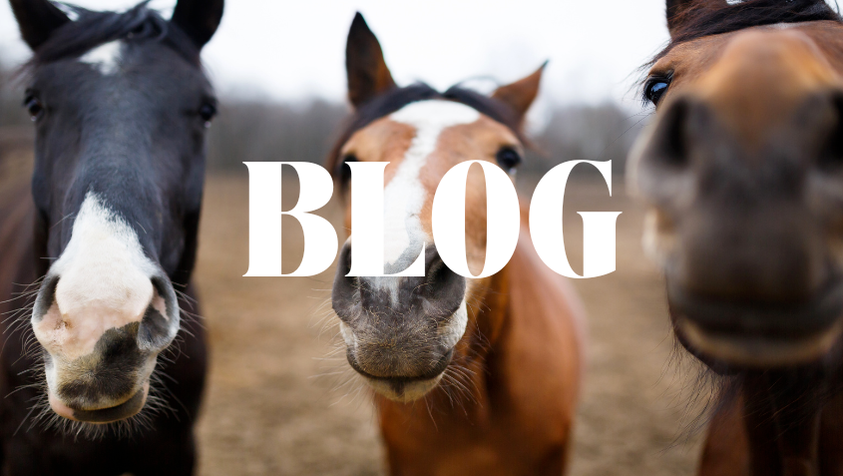
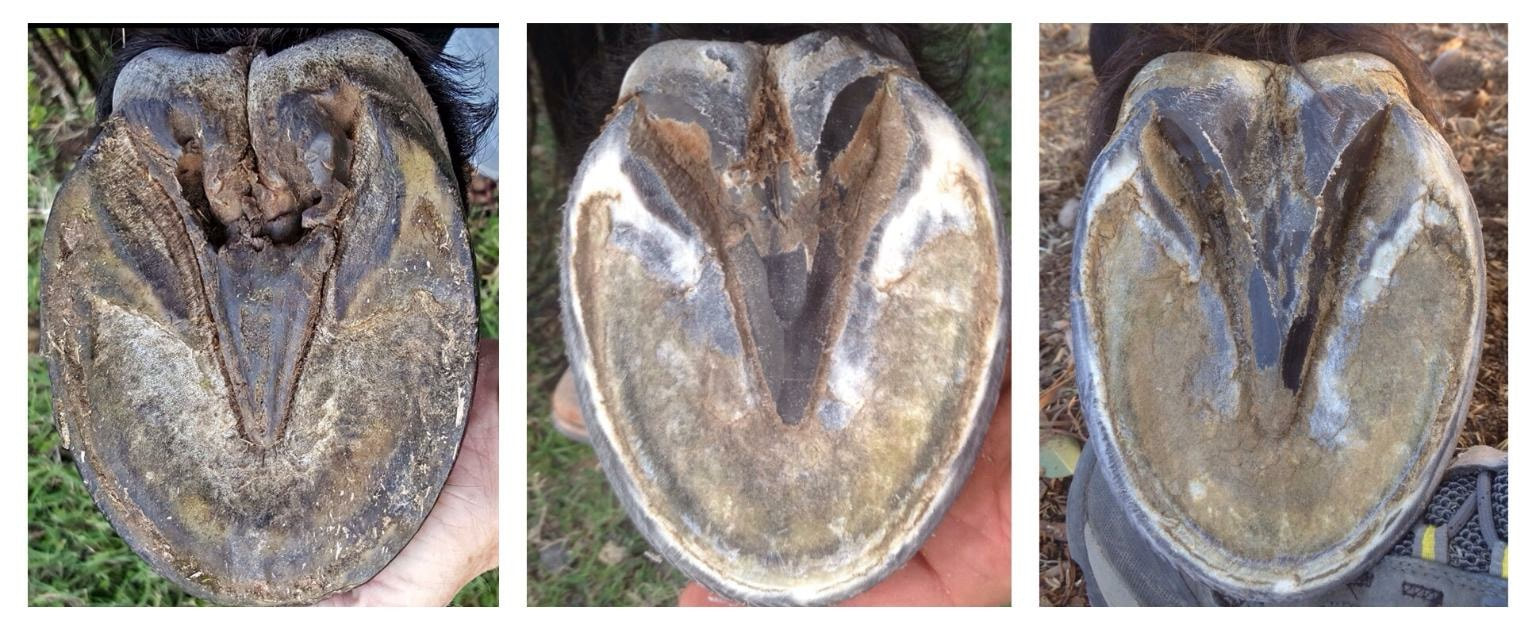
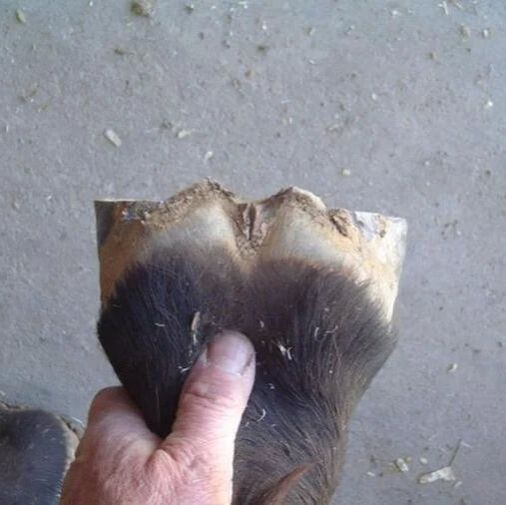
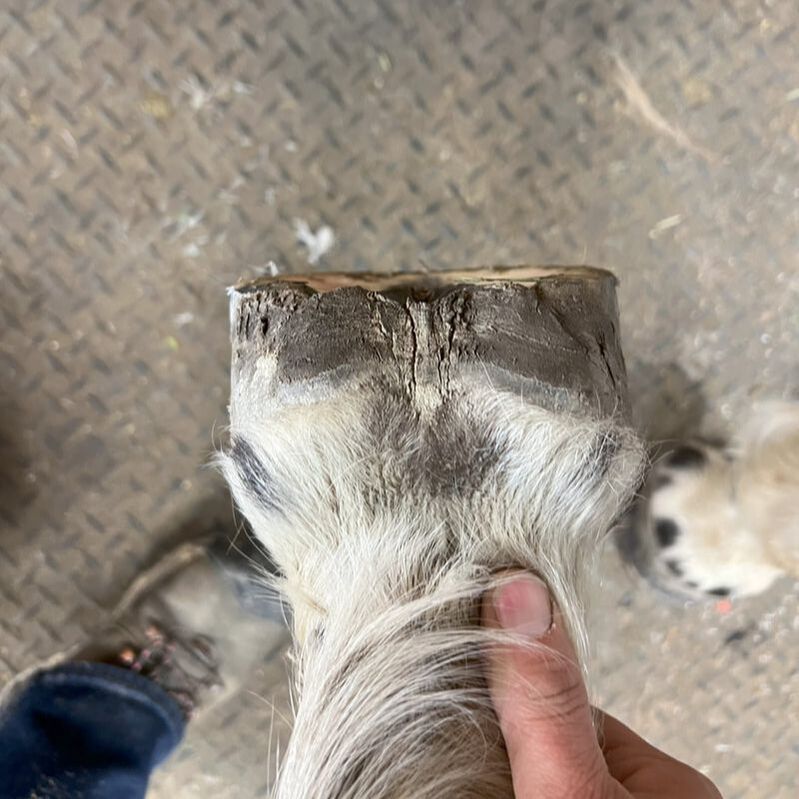
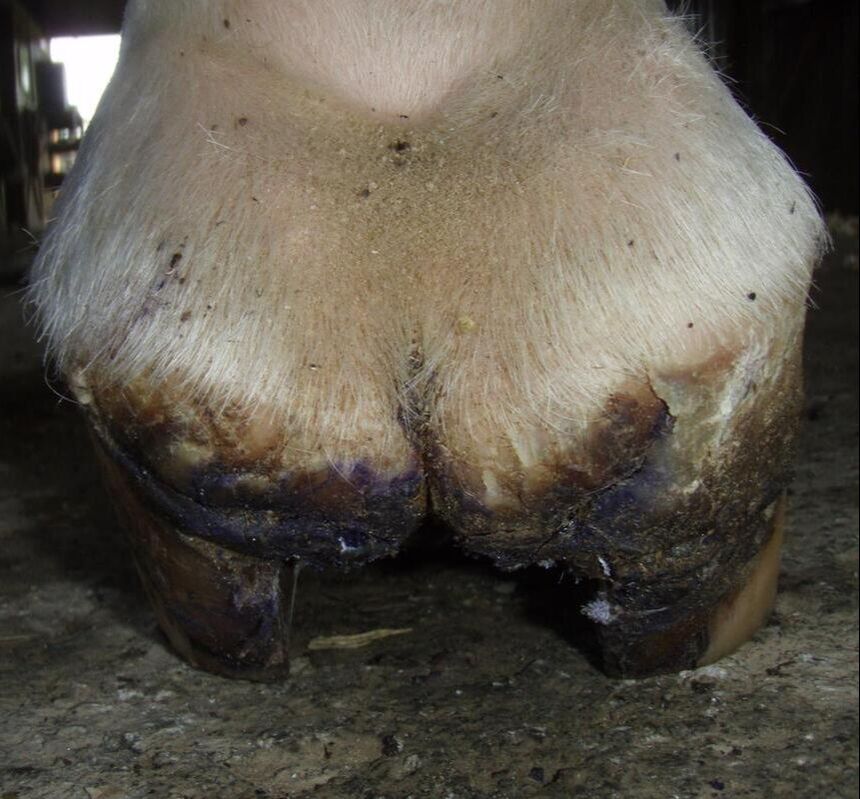
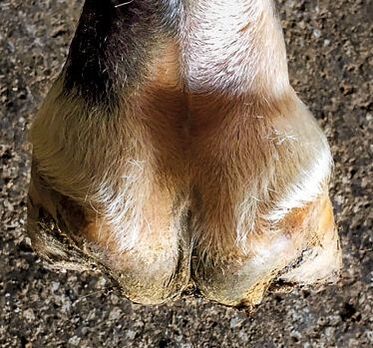
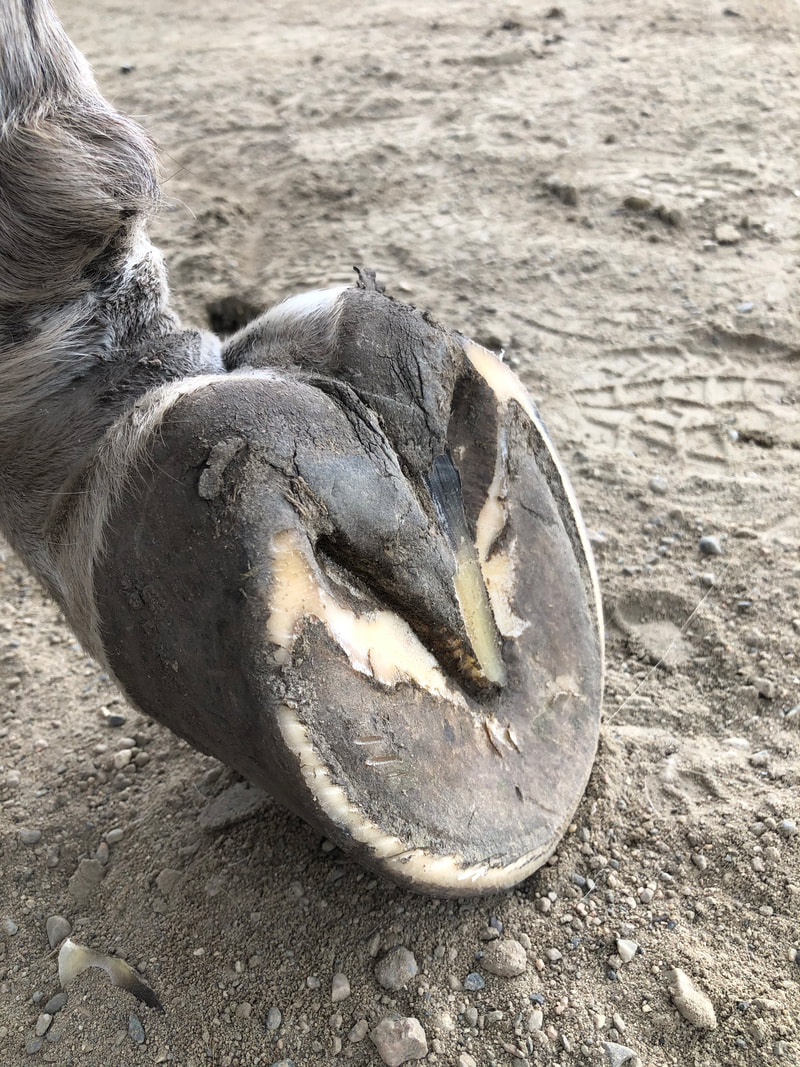
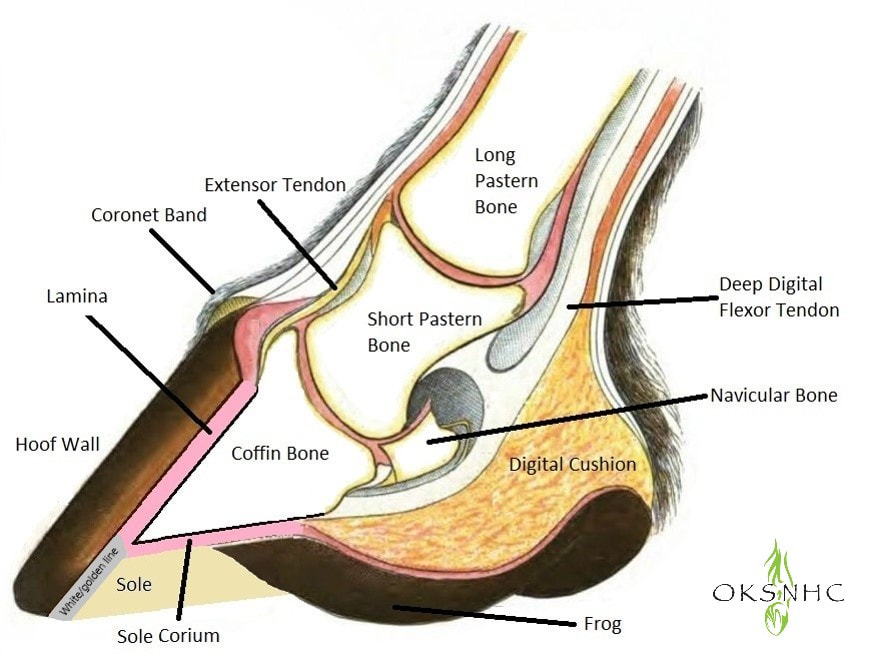
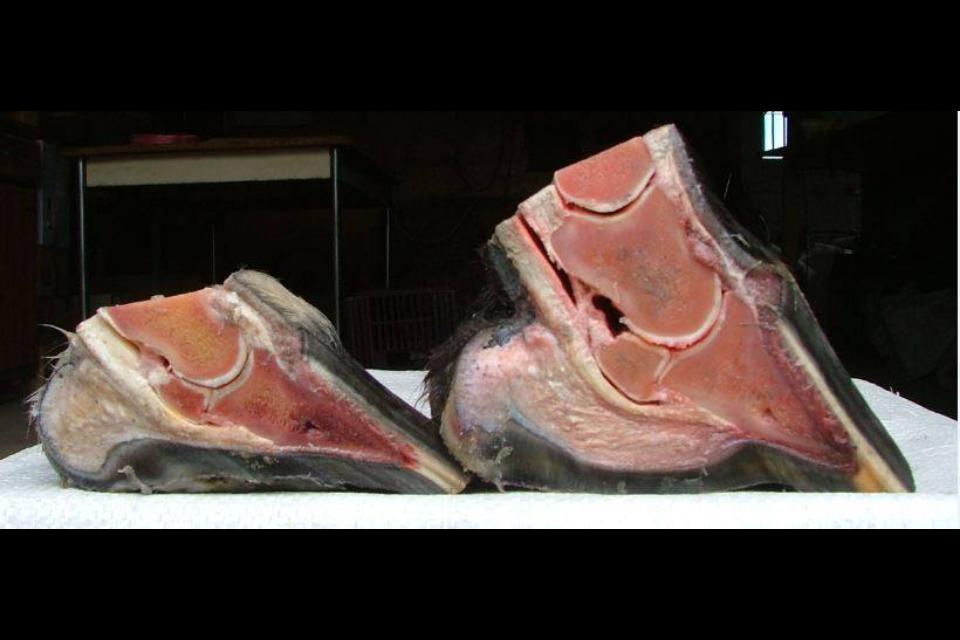
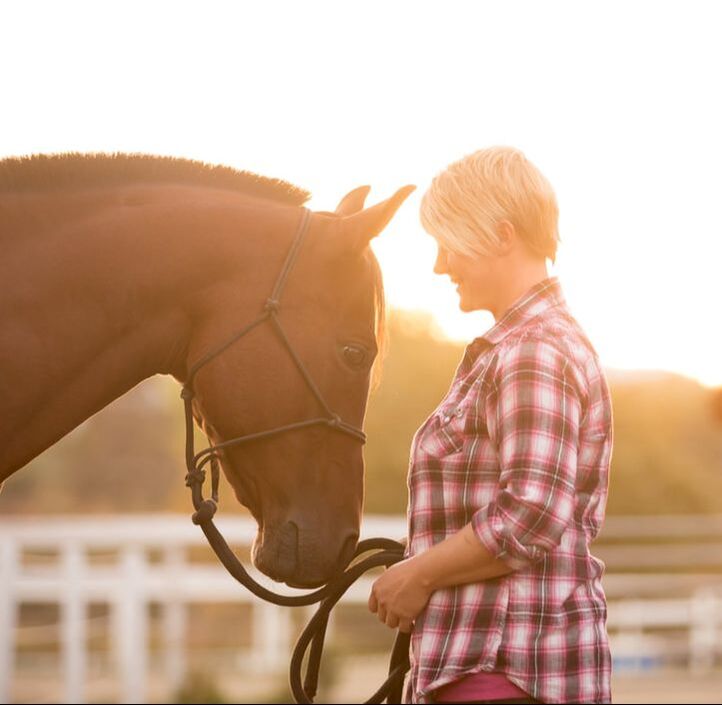
 RSS Feed
RSS Feed
